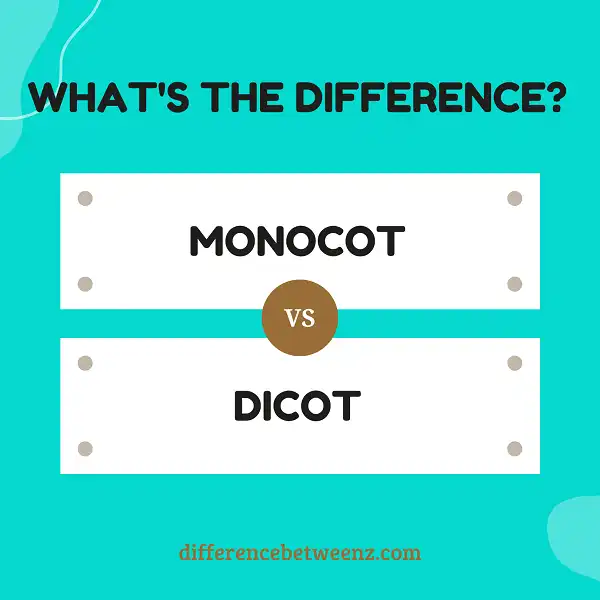Although plants may look similar from one moment to the next, they are actually quite diverse. In fact, there are two major types of plants: monocots and dicots. While these terms sound scientific, they simply refer to the number of seed leaves a plant has. Monocots have one seed leaf, while dicots have two. Understanding the difference between these two types of plants is important for gardeners and farmers alike, as it can affect how they care for their crops.
What is Monocot?
Monocots are a group of flowering plants that are characterized by having one seed leaf, or cotyledon. They are also distinguished by their flower parts, which are usually in multiples of three. Monocots make up a sizable portion of the plant kingdom and include such diverse species as grasses, palms, and lilies. Many monocots are important crops, such as wheat, rice, and maize. Other well-known monocots include bamboo, orchids, and onions. Although they share some common features, monocots show a great deal of variation in their overall form and function. As a result, they play a vital role in the global ecosystem.
What is Dicot?
Dicot is a term used to describe a plant that has two seed leaves, or cotyledons. Dicots make up a large portion of the plant kingdom and are found in a wide variety of habitats. Dicots can be distinguished from other plants by their flowers, which typically have four or five petals arranged in a radial symmetry. Dicots also tend to have leaves with netlike veins, and their stems typically grow thicker in the middle than at the ends. Many common herbs, vegetables, and trees are dicots, including rose bushes, maple trees, and broccoli. Dicots are an important part of the ecosystem and play a vital role in the food chain.
Difference between Monocots and Dicots
- There are two main types of flowering plants: monocots and dicots. Monocots are characterized by having one seed leaf, or cotyledon, while dicots have two. Monocots typically have narrower leaves with parallel veins, while dicots have broader leaves with branching veins. Additionally, monocots tend to have flowers with petals in multiples of three, while dicots typically have petals in pairs or multiples of four or five.
- The vast majority of vegetable crops are dicots, including tomatoes, potatoes, beans, and peas. Monocot crops include grains such as wheat and rice. Some common garden plants, such as tulips and lilies, are also monocots. Knowing the difference between these two plant groups can help you choose the best plants for your garden.
Conclusion
Monocots and dicots may seem like simple concepts, but they are actually quite different. Knowing the difference between these two types of plants can help you better understand how to care for them and what to expect from their growth.


